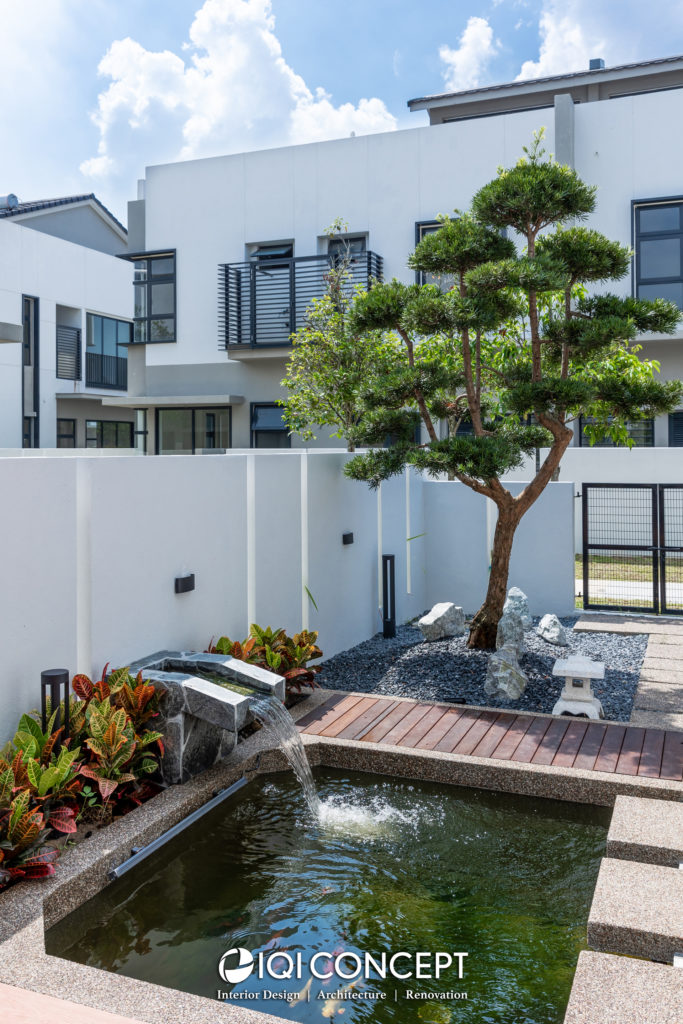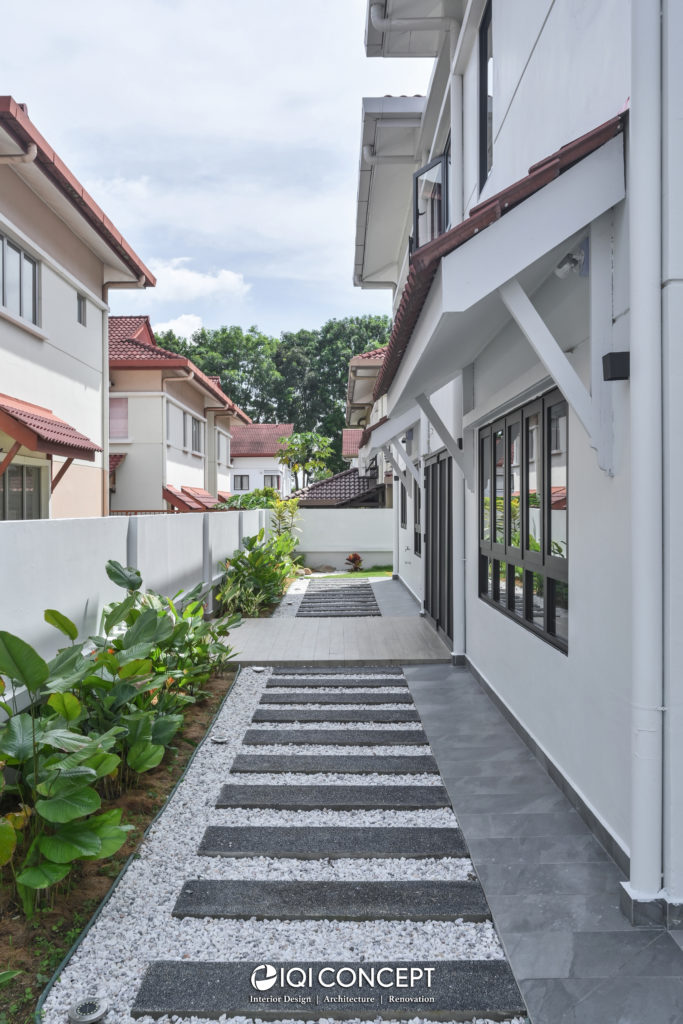Landscaping 101: Pro Tips To Bring Your Garden To Life
It takes more than just plants and flowers for landscaping that sings. These are the 8 key elements you should pay attention to when planning the garden of your dreams.
- Start with the main feature
A good design should always have a focal point, a specific feature that catches the eye first before you take in the rest of the view. This can be a stone or water feature, a large tree, or an archway. Do remember that it should stand out because it enhances the aesthetics of its surroundings, and not stick out like a sore thumb. One way to ensure this is to build it from materials that match an existing structure. For example, a fountain constructed from the same stones as the house patio.

- Go for curves
Here’s a top tip for the most attractive landscaping: take a leaf from nature and emphasise organic shapes. Straight lines may give a neater appearance but curves and irregular forms appeal to the senses better. This can be applied to features like edgings, walking paths and water features. Over time, as the trees and plants grow, everything will come together beautifully and you don’t have to worry about your garden looking boring or monotonous.
- Walk this way
Making the most of your garden doesn’t mean covering every square inch with greenery. You need to have breathing space in between so that every element has its own place to shine through. Place walkways in between areas that you want to highlight. Use materials that complement the landscaping and bring out their best. Decorative bricks, crushed stones and stepping stones, for example, lend to the natural aesthetics and become a design feature in their own right. Think of them as the bridges that connect different sections of the garden to tell a cohesive story.
- Aim for variety
Mix things up, and we don’t just mean the species of flora. Go for varying heights and sizes (of leaves and flowers), and flowering seasons so there will always be spots of colours to jazz things up. Do the same with the materials for supporting structures such as flower beds or stone paths. Choose different but complementary styles, colours, or textures. That said, your garden shouldn’t end up looking like a landscaping catalogue so do practise restraint. Keep to a maximum of three variants for any one area or else it could look haphazard.

- Think long-term
Remember that trees and plants are dynamic as they grow and change with time. We may not be a single climate country but plants do have seasons. Not only do they flower at different times but some leaves turn colour and fall off. Take all these into consideration when choosing greenery. Speak to gardeners and plant professionals to understand the nature of your chosen plants so that you can visualise how they would alter the landscaping throughout the year.
- Minimise maintenance
Aim for a garden that’s not only beautiful in form but should be practical to your lifestyle too. It should provide shade and privacy where you need them, yet not require too much upkeep. Find out how tall or big your chosen trees and plants can grow to, how much and how often they shed their leaves, and how susceptible they might be to infestations. Even if you have a green thumb and love tending to your garden, it should not become a chore or eat into your funds.
- Let there be light
Blue skies and sunshine during the day will naturally bring out the best of your garden, with its swathes of lush greens and dots of colourful flowers, when in season. What about after the sun goes down? For all the effort and money you’ve poured into the landscaping, it would be a shame for it to be kept in the dark. Good lighting placed strategically will bring out the highlights of the landscaping. Set the mood for the home, and also act as a safety measure to illuminate things like steps, winding paths, and uneven terrains.
- Put in furniture
A thoughtfully landscaped garden is more than just a masterpiece to be admired. It should also be an experience one can immerse into. As the popular saying in design goes, “form follows function”. Make your garden a functional space by adding furniture to create resting spots, reading corners, or even an al fresco dining area. Make sure they are made from materials that are friendly to our weather and are easy to move around as and when needed.

Follow our socials to get the latest updates!
Looking to transform your home? Click here to get a free consultation now!